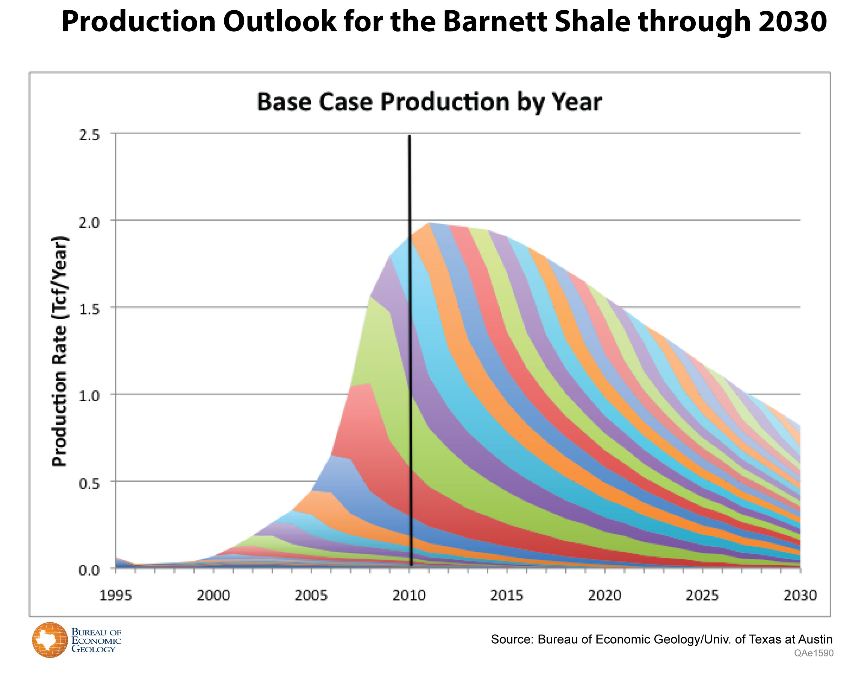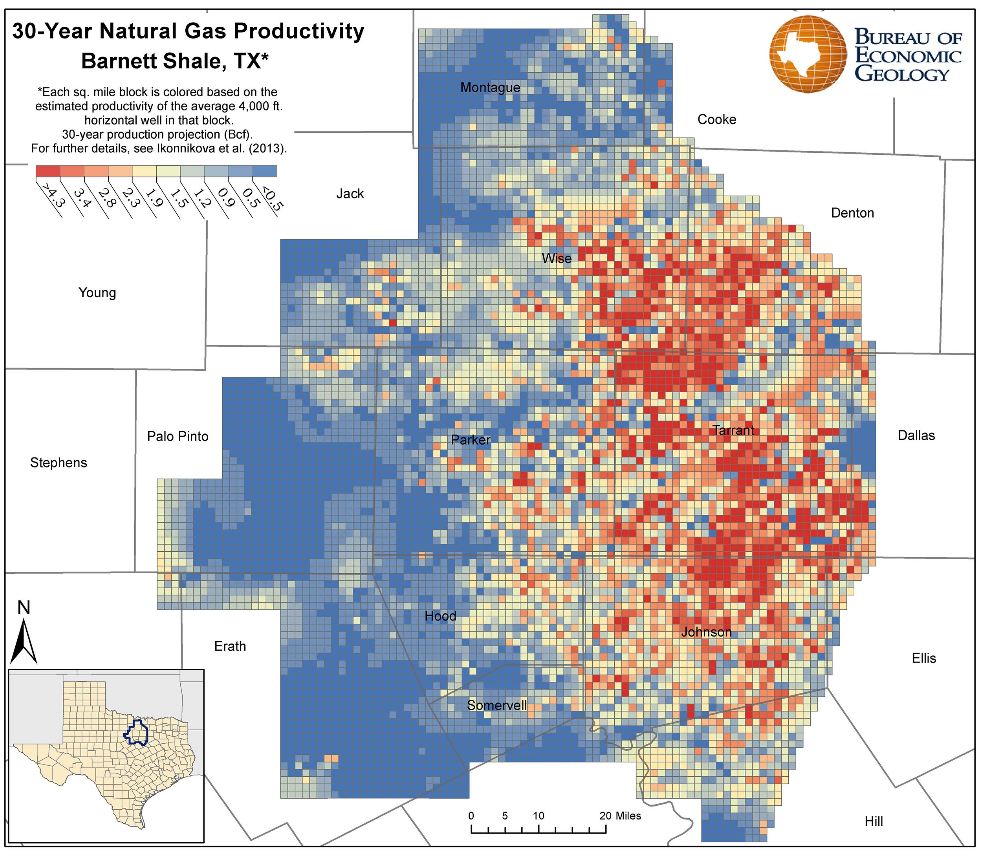Reuters published a new story on Chesapeake recently, continuing its series critical of the company and its CEO Aubrey McClendon. In this article Reuters reports on its research of Rule 37 cases filed by Chesapeake. Incredibly, Reuters researchers identified all Chesapeake Rule 37 requests back to January 2005 – all 1,628 of them, more than twice the number filed by the next most-frequent filer, XTO (now owned by Exxon). Reuters also got hold of “hundreds of internal Chesapeake emails and thousands of pages of documents” showing how Chesapeake deals with landmen and landowners in lease plays, and the article cites some of those documents relating in particular to Chesapeake’s lease acquisitions in Michigan.
A “Rule 37” exception is a permit to drill a well that would otherwise violate the applicable spacing rules for the well because it is closer than those rules allow to an adjacent tract. In the last few years Chesapeake has made extensive use of Rule 37 exceptions, particularly in the urban portions of the Barnett Shale play in Tarrant County, where most lot owners own the minerals under their homes. Some lot owners refuse to lease on any terms. These unleased owners create “holes” in the pooled units Chesapeake puts together for drilling horizontal shale wells, and sometimes there are so many unleased tracts in the units that it is impossible to drill a horizontal well without coming too close to the unleased tracts. So, Chesapeake asks the Railroad Commission to let it put its well closer to those unleased tracts than Barnett Shale field rules would otherwise allow. Chesapeake is required to give the unleased homeowner notice of its application for the Rule 37 exception, but most homeowners don’t have the resources to contest the application, and if no objections are filed the Commission typically grants the exception. As a result, the Chesapeake well, when completed, is likely to drain hydrocarbons from under the unleased tract, and the owner of the unleased tract receives no compensation. Reuters characterizes Chesapeake’s tactic as “exploit[ing] little-known laws to force owners to hand over drilling rights and sometimes forfeit profits.”
In April of this year, Reuters reported on Aubrey McClendon’s loans of some $1.5 billion to finance his share of drilling costs on his 1% interest in Chesapeake wells, alleging a conflict of interest. In June, Reuters issued a story questioning whether Chesapeake and Encana had colluded to avoid competition in their rush to acquire oil and gas leases in Michigan, resulting in a Department of Justice investigation of possible anti-trust violations. At least partly as a result of Reuters’ stories, McClendon resigned as chairman of the board, and a new set of directors was elected.
 Oil and Gas Lawyer Blog
Oil and Gas Lawyer Blog



